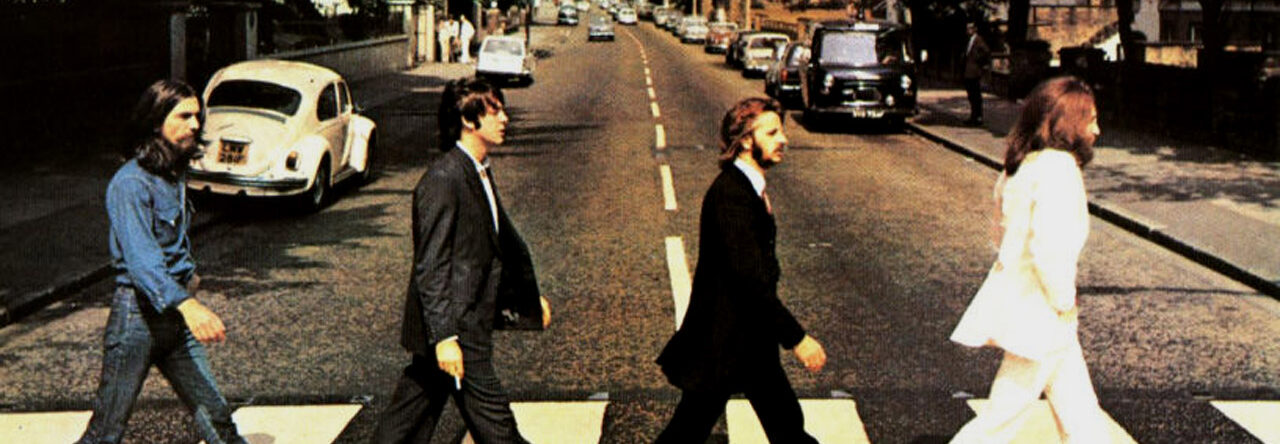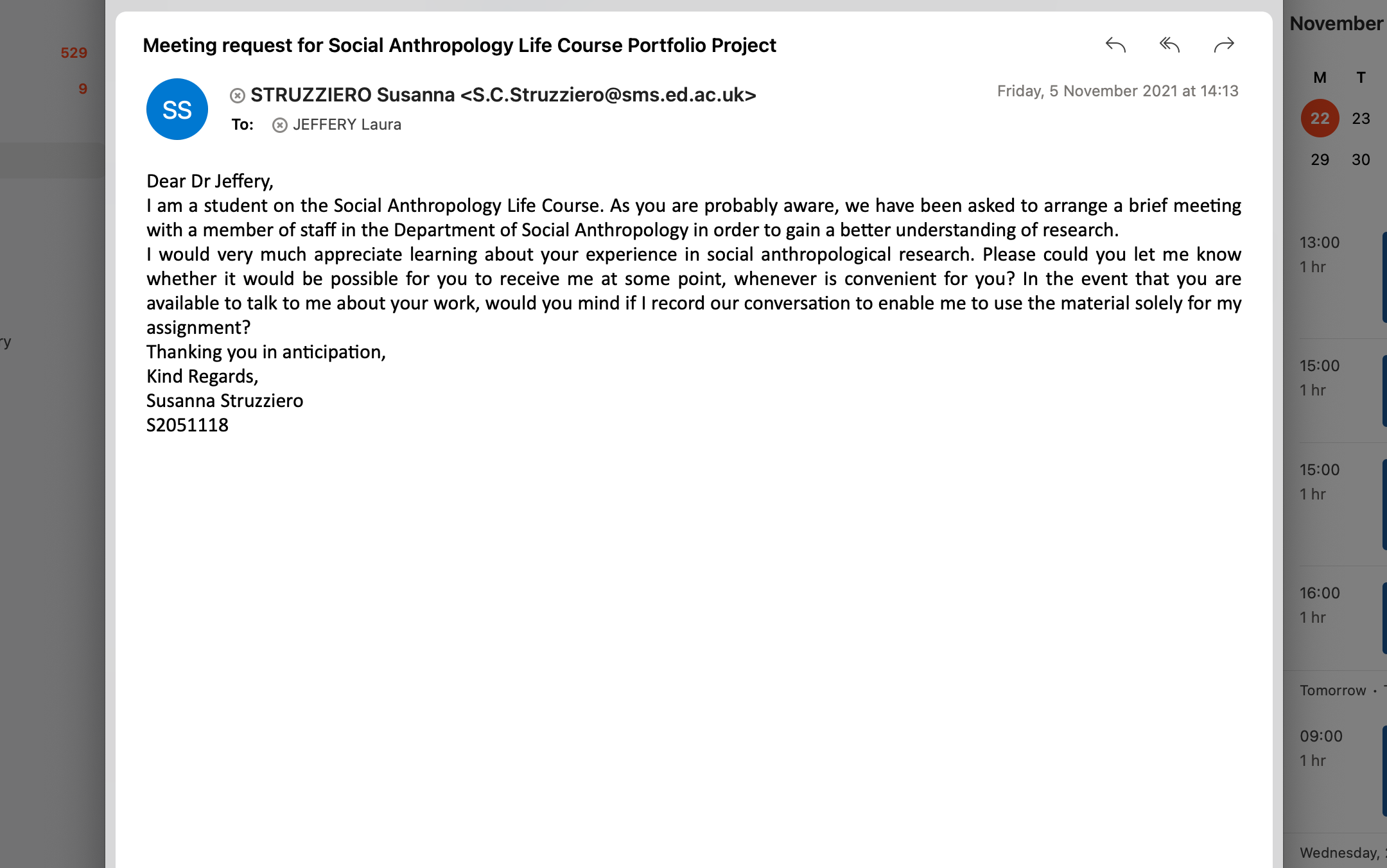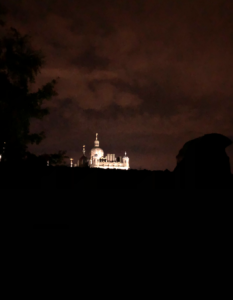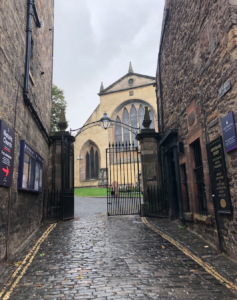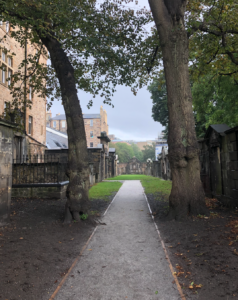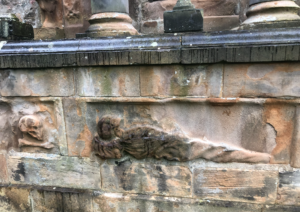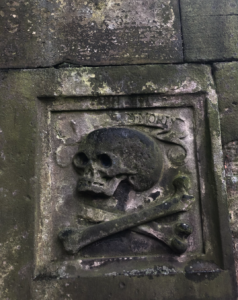Eduardo Kohn is Associate Professor of Anthropology at McGill University. He has spent twenty-five years carrying out anthropological research with Amazonian people who live in one of the most biologically diverse ecosystems on this planet.
Kohn focuses his attention on an “emerging understanding of semiosis” (Kohn 2007:3) where sign processes are not exclusive to humans, therefore he proposes “a kind of anthropology that is not confined to the human” (Kohn 2007:4). During his fieldwork with the Runa people in Ecauador, Kohn discovered that they believe it is possible to know the “dreams, intentions and motivations of dogs” because dogs engage with the world and each other as selves and are therefore beings with a point of view (Kohn 2007:4).
The incident recounted in the article tells how Kohn’s host family’s three dogs were killed in the forest by a jaguar. His host’s wife marvels at the fact that the dogs had not predicted their death. The people of Runa, in fact, observe their dogs while they are asleep and the way they behave in their sleep gives clear signals of what will happen the next day. For example, if they bark in their sleep, it means that they are chasing animals and this is what they would do the next day. However, if the dogs cry in their sleep, this is a clear warning that they will be in danger the following day. The family dogs had not dreamed the night before they were killed by and the family are unable to explain why they had not foreseen their fate.
Kohn suggests expanding the boundaries of ethnography and he proposes an anthropology of life that is more inclusive of other living beings (Kohn 2007:5-6). He says we need to go beyond “the loop that traps humans as analytical objects within a framework of analysis that is exclusively human” (Kohn 2007:18).
Kohn’s How Forests Think won the 2014 Gregory Bateson Award for Best Book in Anthropology. Kohn is influenced by Charles Peirce’s three-dimensional system of the theory of signs because “icons and indexes are the signs that nonhuman organisms use to represent the world and communicate between life forms” (Descola 2014:269). An anthropology which goes “beyond the human” is therefore provided for within a broader interpretation of semiosis (Descola 2014:269). Although Descola appreciates Kohn’s “beautifully written” work and the “remarkable” combination of theory and ethnography (Descola 2014:269), he points out that the title of the book refers to ‘forests’ but Kohn limits his analysis to the Amazon (Descola 2014:270).
Kohn explains the interesting concept of ‘sylvan thinking’ on YouTube. This basically consists of a new domain of thought where we observe other forms of communication. He points out that the forest is inhabited by people, animals, plants and spirits and these entities think too: thought is not exclusive to humans. Kohn says that once we “reground symbolic thinking” (YouTube), this can help us live in a way that we are less disjointed from the effects we have in the world.
References
Descola, Philippe (2014) ‘All too human (still): A comment on Eduardo Kohn’s How Forests Think.’ HAU Journal of Ethnographic Theory, Vol.4, N°2: 267-273.
Kohn, Eduardo (2007) ‘How dogs dream: Amazonian natures and the politics of transpecies engagement.’ American Ethnologist 34(1): 3-24.
Harvard Divinity School (2017) “Eduardo Kohn on ‘sylvan’ thinking and talking to forests.” Uploaded to YouTube 8/1/2018.
